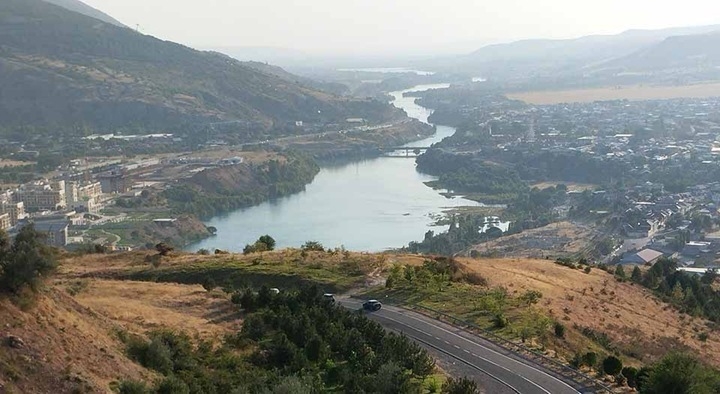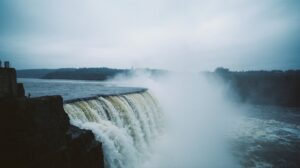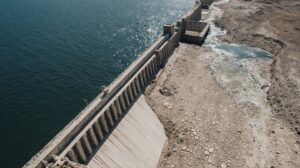The Chirchik River, once a deep and powerful waterway that permeates the southern part of Tashkent, today represents only a shadow of its former greatness. Despite the fact that its protection is formally guaranteed by a resolution of the Cabinet of Ministers of the Republic of Uzbekistan № 471 of October 29, 2003, reality demonstrates complete disregard for legislative norms. This document was supposed to become a shield for the river, but in reality it turned out to be just a paper declaration that had no force, notes environmental journalist Natalia Shulepina in her author’s blog SREDA.UZ:

The 2003 decree clearly defined the creation of a water protection zone and a coastal strip with a total area of 9,160.6 hectares in the Tashkent region and 1,440.6 hectares in the capital. These lands were to be given the status of protected natural areas. However, more than two decades later, this key point has not been implemented. The lands did not receive special environmental status, remaining vulnerable to uncontrolled economic activity.
Responsibility for the implementation of measures was assigned to a number of government agencies – khokimiyats of the Tashkent region and Tashkent, as well as to relevant ministries, including departments for ecology, land resources, health and agriculture. They were ordered to develop and implement measures to remove environmentally hazardous objects from protective zones and implement a program for the environmental improvement of the river basin by 2007. Moreover, forest plantations were considered to strengthen the banks and improve the ecosystem. None of these requirements were met.
Instead of green spaces and sanitary zones, the banks of Chirchik are now being actively developed. Multi-storey residential complexes and commercial facilities are being built dangerously close to the riverbed, sometimes almost close to the water. The idea of creating forest plantations has been forgotten, and the requirements for compliance with water protection zones are completely ignored, turning the coastal strip into a construction site.
At the same time, businesses are thriving, causing direct damage to the river ecosystem. Cage fish farms are active in the Chirchik riverbed. Although they are a source of income, their activities lead to serious deterioration in water quality. Fish waste and food residues settle at the bottom, causing contamination of bottom sediments to the level «dirty», which has a detrimental effect on all inhabitants of the river and the quality of water in general.
The Ministry of Ecology, Environmental Protection and Climate Change of the Republic of Uzbekistan, which was instructed by decree to exercise strict control over compliance with environmental legislation, failed in its task. Control turned out to be formal or absent altogether, which led to the current deplorable situation. The problem is compounded by the fact that this is not the only piece of legislation that does not work.
The law «On Water and Water Use» in force in Uzbekistan since 1993 also provides for the creation of water protection and sanitary zones for all water bodies in the country. It prescribes three sanitary protection belts: a maximum security zone, as well as two zones with restrictions on economic activity. These norms, like state monitoring, exist mainly on paper. Even the new Water Code of the Republic of Uzbekistan, which comes into force on October 31, 2025, which again defines protective zones and responsible departments, causes skepticism. The list of authorized bodies includes – the Ministries of Water Resources, Geology, Ecology, as well as the Hydrometeorological Service and the Sanitary and Epidemiological Welfare Committee.
The circle of responsible persons and departments is known and clearly defined in the legislation of Uzbekistan. However, many years of experience show that the presence of laws and the appointment of those responsible do not guarantee their implementation. Without real control, political will and the inevitability of punishment for violations, the Chirchik River – this long-suffering symbol of the capital – will continue to pay a high price for human inaction and bureaucratic paralysis.




